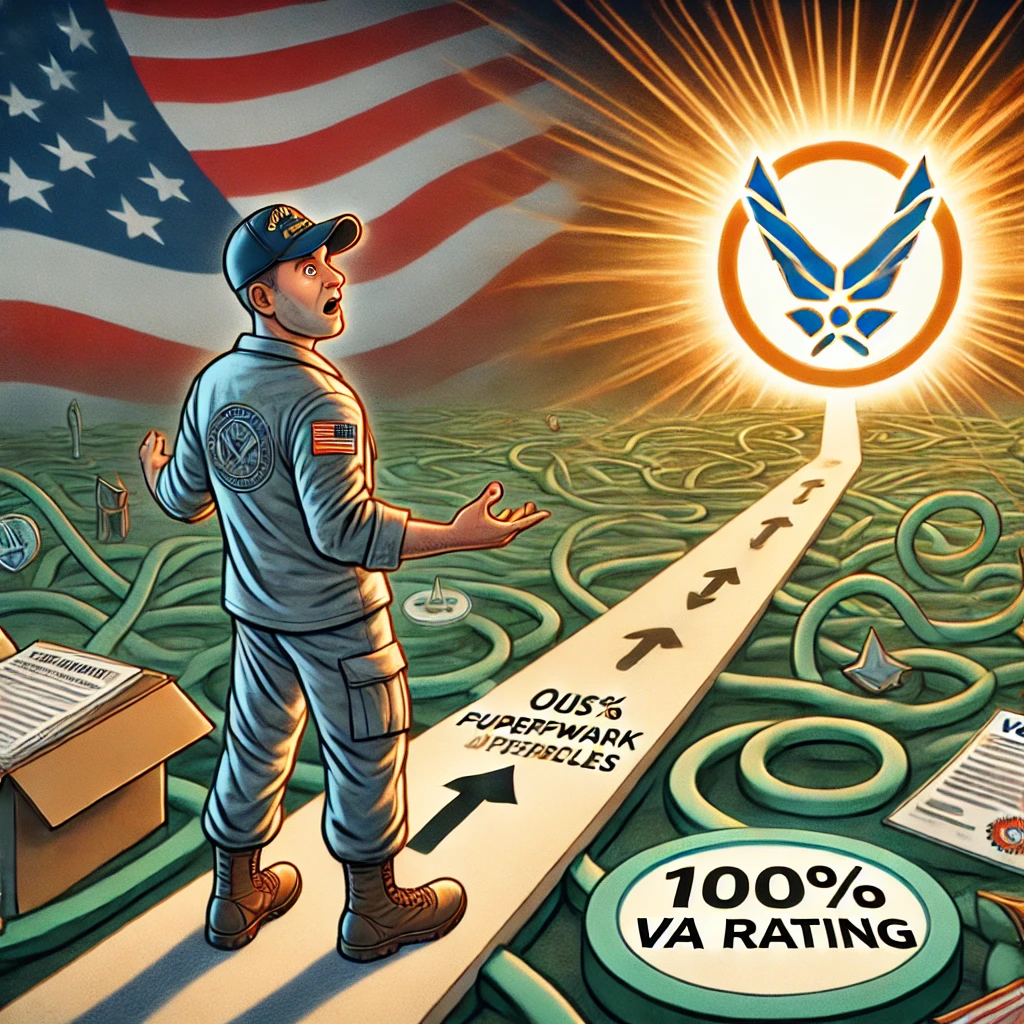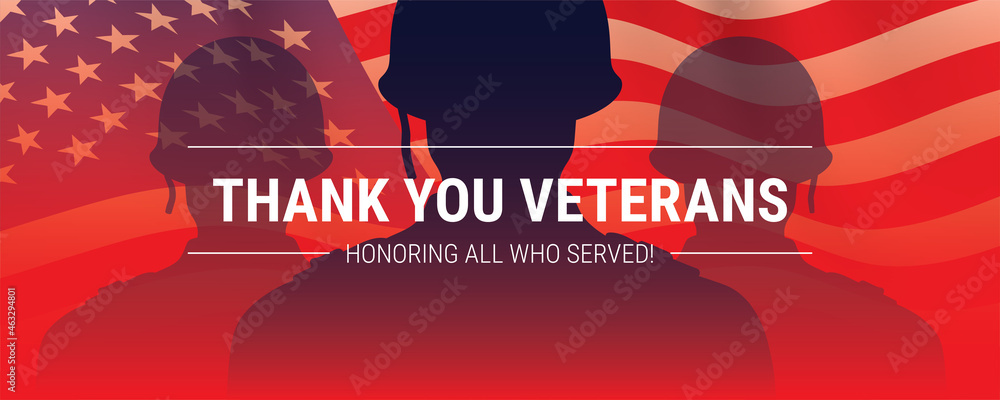If you have a VA disability rating of 70%, 80%, or 90%, and you’re striving to join the “100% Club,” you’re likely facing a crucial decision: do you take the easy route or the hard one? This article will explore the two paths to achieving a 100% disability rating, focusing on the challenges and benefits of each.
For veterans at 70%, 80%, or 90% disability, the goal of reaching 100% often seems elusive. The closer you get, the more challenging it becomes. VA math, known for its complexity, can make it feel like you’re playing a game where the rules constantly change. Imagine being on a football field, and every time you gain some yardage, a penalty pulls you back. That’s how many veterans feel as they inch closer to the 100% rating. For example, if your combined ratings total 88%, that rounds up to 90%. But even if you manage to add another 50% rating, like for sleep apnea, you might still end up at 90%. It’s a frustrating reality for many veterans.
So, what’s the hard way? The hard way involves pursuing additional ratings to reach 100%. This method can work, but the VA will likely make you pay for it, possibly by cutting off past due benefits or scrutinizing your claim more closely. If you’re already at 90%, chances are, your major conditions are already accounted for, making it harder to find new conditions that would push you to 100%. The process can be slow, and the VA will be looking for ways to keep their costs down.
On the other hand, there’s the easy way: pursuing Total Disability based on Individual Unemployability (TDIU). If your service-connected disabilities prevent you from working, TDIU is a viable option. TDIU allows veterans to be paid at the 100% rate even if their combined disability rating is less than 100%. This path can be especially beneficial for veterans whose disabilities severely impact their ability to work, even if they don’t meet the 100% rating threshold through VA math.
In cases where TDIU is pursued, a vocational expert can be invaluable. Vocational experts assess your work history, skills, and the impact of your disabilities on your ability to work. They provide detailed reports that the VA often cannot refute because they lack their vocational experts to counter these claims. A good vocational expert will take the VA’s restrictions, such as those from a C&P exam, and demonstrate how your disabilities prevent you from working in a competitive environment.
However, it’s important to understand the limitations of a vocational expert. They cannot provide medical opinions that would increase your ratings, such as moving from a 50% to a 70% rating for PTSD. You would need a medical professional for that. But once you have the necessary ratings, a vocational expert can help bridge the gap to 100% through TDIU.
For younger veterans, there may be hesitation about pursuing TDIU because it feels like admitting defeat. But the reality is, if you haven’t worked since leaving service and your disabilities are severe, TDIU might be the best option. You can still try to work, especially if you’re in a protected or self-employed environment. The VA allows for some work under TDIU, as long as it’s below the poverty line or in a sheltered employment situation.
In the end, the choice between the hard way and the easy way depends on your circumstances and goals. If you’re struggling to get to 100% through additional ratings, TDIU could offer a faster, more stable path. And remember, pursuing TDIU doesn’t mean you can’t try working later—if your situation improves, you can always reassess your options.
If you need help navigating the VA claims process, consider reaching out to a professional or joining a program where you can learn more about the strategies that work. And if you’re missing critical medical evidence, services like Second Strata may be able to assist you in gathering the documentation you need to win your claim.

